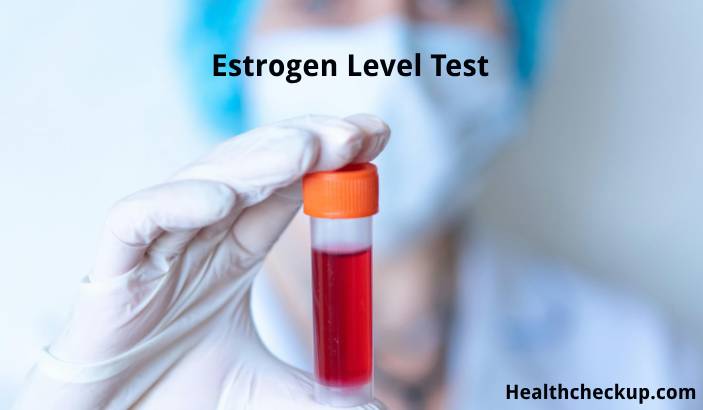Estrogen, a key hormone in the human body, plays a crucial role in both female and male reproductive systems, as well as in other health aspects like bone density and cholesterol regulation. Testing estrogen levels can provide valuable insights into various health conditions and help guide treatment decisions. This comprehensive article explores why estrogen level test is conducted, how you should prepare, what the testing process involves, typical hormone ranges, what your results might indicate, and the associated risks.
Purpose of Estrogen Level Test
- Assess Reproductive Health: Estrogen tests are commonly used to evaluate menstrual cycle issues, assess fertility status, and investigate symptoms of menopause.
- Monitor Hormone Therapy: For individuals undergoing hormone replacement therapy or hormonal birth control, estrogen levels are monitored to adjust dosages accurately.
- Diagnose Health Conditions: Conditions such as ovarian cysts, ovarian cancer, and other hormonal imbalances can be diagnosed with the help of an estrogen test.
- Evaluate Developmental Delays and Growth Issues: In children with delayed puberty or growth issues, estrogen levels may be tested to assess their developmental stages.
Preparation for Estrogen Level Test
- Medical History Disclosure: Inform your doctor about any medications, supplements, or herbal products you are taking, as some can affect hormone levels.
- Fasting: Typically, fasting is not required unless the estrogen test is part of a more comprehensive panel that includes tests needing fasting.
- Timing: Women may need to schedule the test at a specific time during their menstrual cycle, usually during the first few days, as instructed by a healthcare provider.
Procedure of Estrogen Level Test
- Sample Collection: The test is commonly conducted using a blood sample.
- A healthcare professional will clean the skin over a vein, usually on the inside of an elbow or back of the hand.
- A needle is inserted into the vein to collect blood in a tube or vial attached to the needle.
- After the needle is withdrawn, a small bandage is applied to the site.
- Other Samples: In some cases, urine or saliva might be used to measure estrogen levels, especially for daily hormone tracking over longer periods.
Normal Range of Estrogen
- Varies Widely: Estrogen levels vary widely based on age, sex, and for women, the menstrual cycle phase or whether they are pregnant.
- Estradiol in Women: Ranges can vary from as low as 10 pg/mL in postmenopausal phases up to 400 pg/mL or higher during peak reproductive years.
- Estradiol in Men: Typically ranges from 10 to 50 pg/mL.
- Other Estrogens: Estrone and estriol are other forms of estrogen that might be tested in specific situations, such as during pregnancy.
Results Interpretation
- High Estrogen Levels: May indicate conditions such as estrogen-producing tumors, early puberty, or liver disease.
- Low Estrogen Levels: Could suggest risk factors for osteoporosis, Turner syndrome, low ovarian reserve, or issues with pituitary function.
- Hormonal Imbalance: Both high and low levels can contribute to various symptoms, including menstrual irregularity, weight changes, or mood disturbances.
Risks Associated with Estrogen Level Test
- Minimal Risks: Similar to any routine blood test, the risks include minor pain or bruising at the site of the needle, lightheadedness, or infection.
- Psychological Impact: Receiving results that indicate hormonal imbalances can be stressful and may require further evaluation and long-term management.
Estrogen level tests are a vital tool in diagnosing and managing a variety of health conditions related to reproductive health, development, and hormonal balance. They help in understanding the complex roles of hormones in the body and guide effective treatment strategies.
I specialize in writing about health, medical conditions, and healthcare, drawing extensively from scientific research. Over the course of my career, I have published widely on topics related to health, medicine, and education. My work has appeared in leading blogs and editorial columns.









